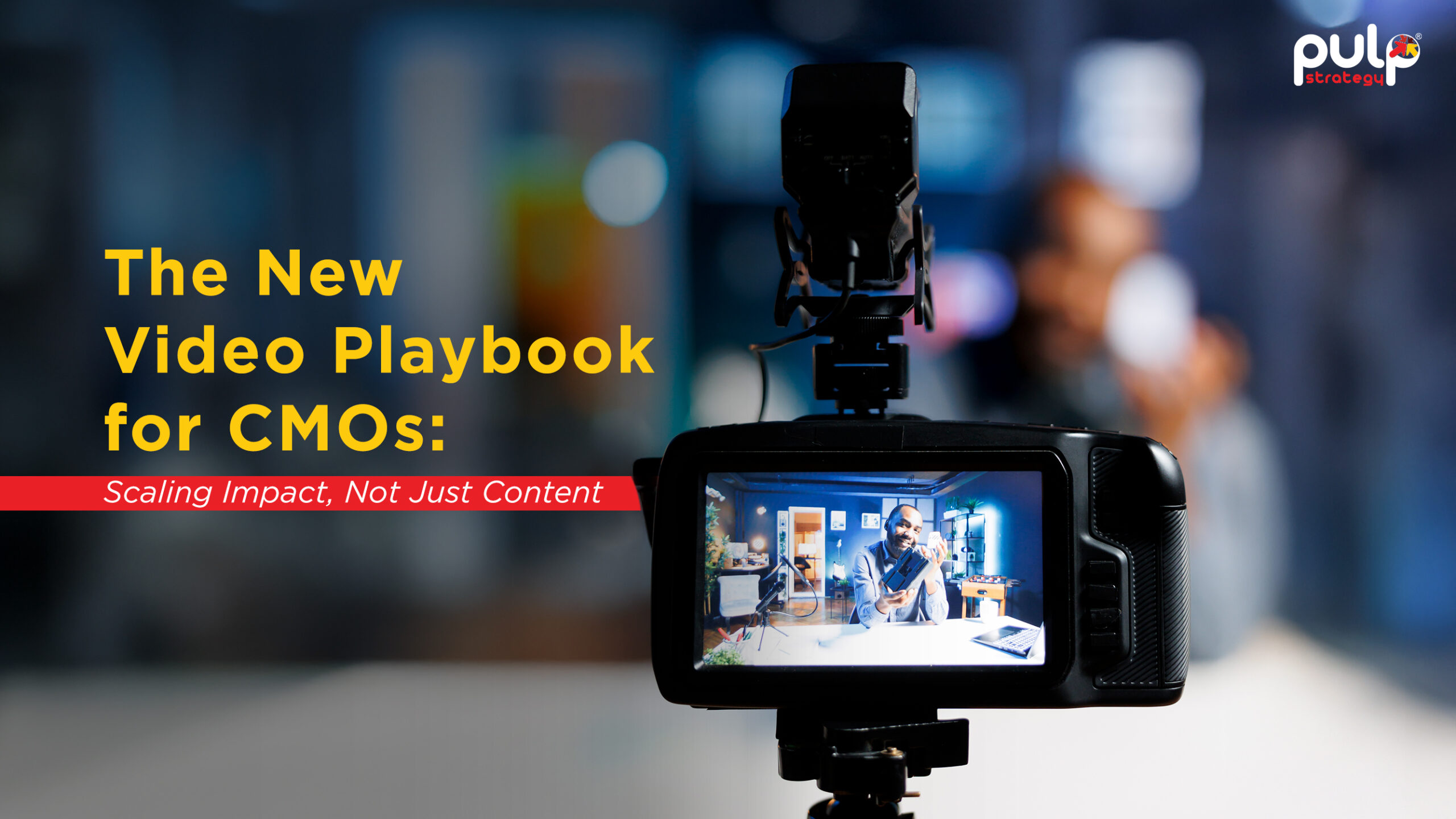A brand is essentially defined by the place it holds in the heart and mind of its customers. It is built over time, on a foundation of trust that results from the fulfillment of promises made by the brand to the customer. However, this trust can be fickle. If a promise is not fulfilled in other interactions (e.g. at point-of-sale, in the product itself, word of mouth, etc), it will not grow.
Today, what a brand says, does, and the capabilities it enables digitally are essential in creating trust with consumers. Reviews, word of mouth recommendations, superior customer service, and transparent pricing are engines of trust-building. While not new concepts, brands are redefining these tried and true models digitally to build trust and value in new ways.
How Brands Built Trust Before Digital
The emergence of brands ushered in a new uncertainty among consumers. A brand, typically represented by a recognizable label or logo, was attached to a simple promise of a benefit that became a substitute for the trust they had previously garnered.
As the number of brands increased, so did the competition. As a result, marketers started to actively build brands that were even more complex and nuanced. It was no longer enough to make promises based on functional benefits. More complex ideas needed to be introduced and promises needed to be made that gave consumers not just a reason to buy, but a reason to choose one over the other.
These ideas took many forms. Coca Cola, with its recognizable presence around the world, ensured that its brand promise was heard and understood by everyone. Broadcast played a pivotal role in cultivating trust. Before digital, TV was the primary platform for brands to reach their audience. Catchy jingles, memorable slogans, and famous spokespeople were the tools of choice. But broadcast was only as effective as the fulfillment of promise. If the subsequent brand interactions did not live up to the promises, that trust would be broken.
Digital Technologies Now Help in Building Trust
The same tools and technologies that drive digital transformation can also help build trust among and create benefits for society. Their potential to help strengthen trust doesn’t end with simply avoiding negative incidents such as data breaches. When used to enhance transparency, reinforce ethical and responsible practices, boost data privacy, and harden security, digital tools and technologies can serve as positive enablers of both transformation and trust.
Transparency and plain talk are imperative for companies looking to compete and gain an edge in the digital world. One of the things digital platforms enable is to let brands provide more transparency around their business models. Making business terms such as additional fees, privacy policies, and terms of service readily accessible and easily understandable are some important key points.
Brands should strive towards implementing safeguards to promote stakeholder welfare along with digital controls that prevent unethical or inappropriate use of technology. Further, Automation and AI can help reduce human errors and can process more information than humans are able to. These technologies not only provide quick and consistent service to customers, but they also help reduce opportunities for fraud. To master the brand trust, what is needed is a combination of a cohesive effort across leadership and governance, strategy, principles, policies, processes, and culture.
Enabling Great Customer Experiences
Digital transformation is forcing companies to change their business models and adapt to the new market reality. It's a change that is driven by new consumer behavior. Today, customers expect relevant content in relation to what they’re doing and, in the format, and on the device of their choosing.
Authenticity and honesty are proven to be at the center of trust-building. Consumers today are not interested in the sales pitch, the marketing lingo, or the key benefits. They want to know who a brand is and what experiences it enables. Achieving authenticity comes down to a brand’s DNA – its values, goals unrelated to profit, and culture, etc. Out of this comes the brand’s unique and authentic voice.
If customer experiences are done right, it provides a brand's customers with a personalized, unique, and consistently high-quality experience that demonstrates that their preferred brand understands them and their needs. The better the experience customers have, the more likely they are to trust a brand. To combat this, brands have to list the touchpoints between their customers and their brand. By taking time to understand their customers and make efforts to nurture relationships will let a brand's audience know that their favorite brands care for the same things they do.
Amplifying Brand Trust
Building trust with consumers is, at its core, about building relationships. Brands should strive to give customers something in return for their personal data. Capturing only what is necessary can also go a long way in enhancing that trust. Brands should be transparent about what they are doing and use that information to enhance the customer experience. Finally, brands ought to empower their customers by allowing them to set their preferences for data sharing.
Data security and digital trust cannot be managed in isolation. They must be at the center of customer strategies, operating models, and even product development. Fostering collaboration among groups focused on digital disruption, data management, customer experiences, and other business areas will enable brands to optimize the value exchange and forge stronger customer connections.
In today’s always-on, data-rich environment, brands need to double their efforts to ensure data privacy and security. They need to maximize trust along the customer journey and across all channels. Above all, they need to place trust at the center of their customer strategies and regain customer confidence.
Build “Social Proof”
Social proof can give consumers powerful emotional triggers that significantly influence their reaction and response to brands or even to specific products. It can not only help them make a positive decision about a brand but also inspire confidence in their choice and give them the feeling of being a part of something bigger.
When viewed through the lens of a brand, social proof can validate important claims about products, while also justifying pricing. Encouraging users to share a branded hashtag or repost users’ social posts on a brand’s social accounts and websites will go a long way in strengthening social proof. Social media reviews and mentions can also play a role in boosting the authority of a brand’s website. This will ensure that the brand in question automatically stacks up numerous mentions. The more mentions, the wider your reach, with several links leading back to the brand's website.
The more social proof brands include on their websites and landing pages, the higher the chances of conversions and longer dwell times.
Final Thoughts
Building brand trust has become a far more challenging endeavor than it was a generation ago. Together, the above-mentioned tactics point to a very clear pathway for companies to harness their brand capabilities and build trust in a digital ecosystem. They must shift from being passive platforms or players and, by carefully defining what they stand for, become more active participants in the behaviors and conversations that generate trust.
Click here to get in touch with our experts today.







